Top speed 416 km/h Length 6.73 m | Wingspan 9.26 m | |
Manufacturers Aermacchi, Alenia Aermacchi | ||
The Macchi M.39 was a racing seaplane designed and built by the Italian aircraft company Aeronautica Macchi in 1925–26. An M.39 piloted by Major Mario de Bernardi (1893–1959) won the 1926 Schneider Trophy, and the type also set world speed records that year.
Contents
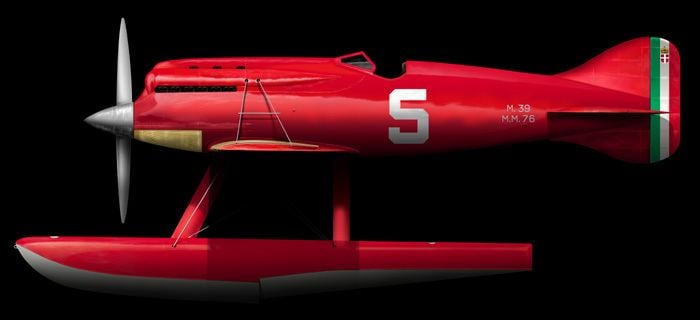
Design and development
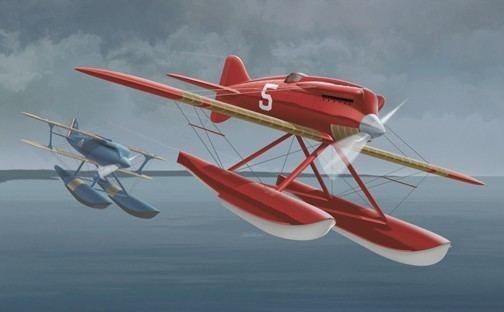
The M.39 was designed by Mario Castoldi (1888–1968) to represent Italy in the 1926 Schneider Trophy race, and it was the first low-wing monoplane that he designed for Macchi. It was a single-seat, twin-float racing seaplane, of mixed (metal and wooden) construction. The wooden wings were wire-braced, with two-thirds of the upper surfaces used as low drag surface radiators. The pilot sat in an open cockpit parallel with the trailing edge of the wing; the cockpit's windscreen was profiled into the fuselage decking to reduce aerodynamic drag. The floats carried fuel.
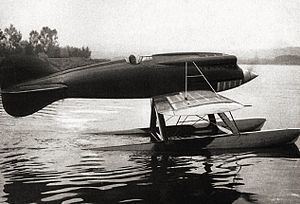
The M.39 had features specializing it for Schneider Trophy competition. The course circuit required left turns, so the left wingtip was slightly farther from the fuselage than the right wingtip to allow it to make tighter left-hand turns. To counteract propeller torque reaction, the floats had unequal buoyancy.

Macchi built two types of M.39, a trainer version and a racer. The trainer version had a 447-kilowatt (600-horsepower) Fiat AS.2 liquid-cooled V12 engine, while the racing version had a 597-kilowatt (800-horsepower) Fiat A.S. 2. Macchi built two trainers, three racers, and one non-flying static-test airframe. The first M.39, a trainer with serial number MM.72, was built in only a few months. It was soon followed by the second trainer (MM.73), the three racers (MM.74, MM.75, and MM.76), and the static-test airframe.
Operational history
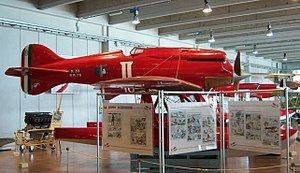
The first M.39 to fly was the trainer MM.72, which made its first flight on 6 July 1926. On 16 September 1926, the Italian Schneider team captain stalled one of the trainers over Lake Varese, crashed into the lake, and was killed, but development of the M.39 continued.
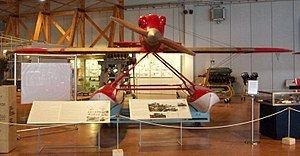
On 13 November 1926, the three M.39 racers took part in the 1926 Schneider Trophy contest at Hampton Roads, Virginia, in the United States. MM.75 suffered a burst pipe and had to leave the race early, but MM.76, piloted by Major de Bernardi, took first place with an average speed of 396.698 kilometres per hour (246.497 mph), setting a new world speed record for seaplanes. MM.74, flown by Adriano Bacula, came in third.
Four days later, on 17 November 1926, de Bernardi used MM.76 to achieve a new world speed record of 416.618 kilometres per hour (258.874 mph) over a 3 kilometres (1.9 mi) course at Hampton Roads.
Castoldi based the design of his next racing seaplane, the Macchi M.52, on that of the M.39.
Operators
Specifications (M.39 racer)
Data from World Encyclopedia of Civil Aircraft The Complete Encyclopedia of World Aircraft
General characteristics
Performance
